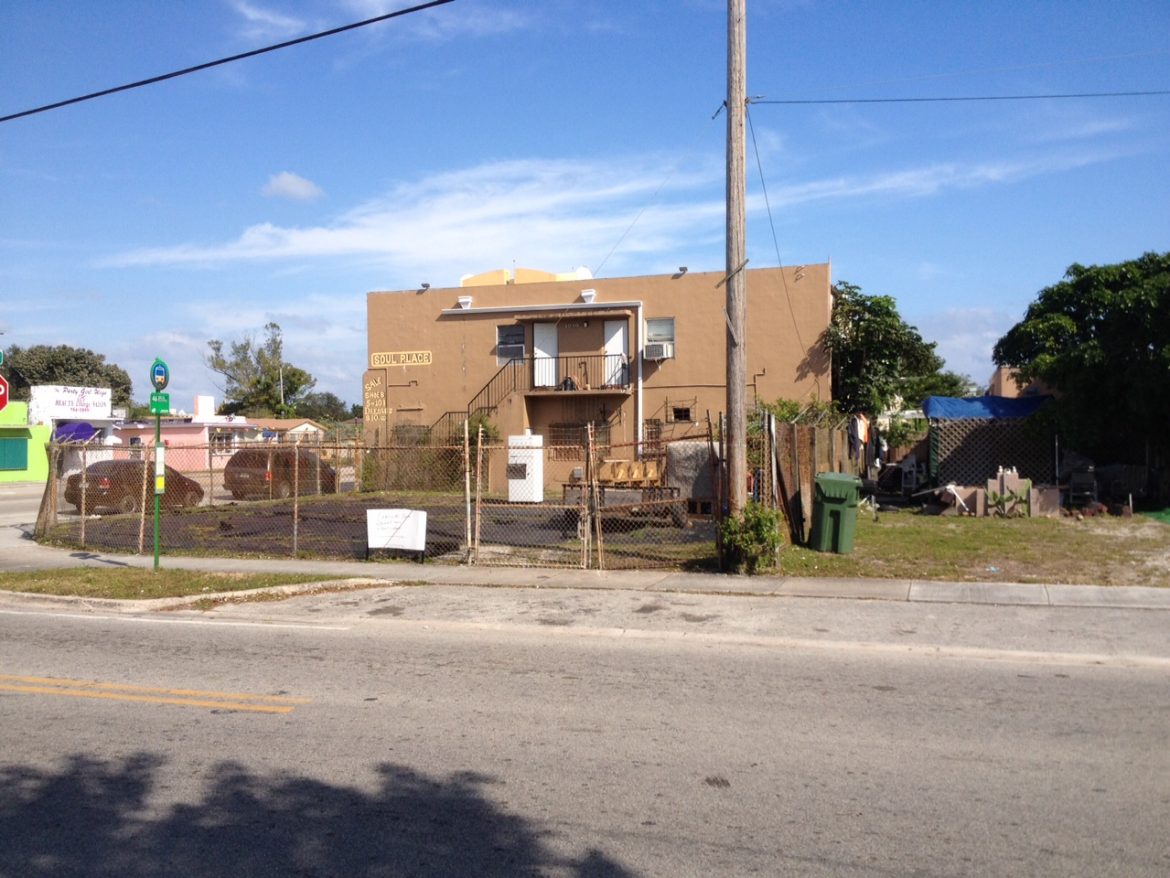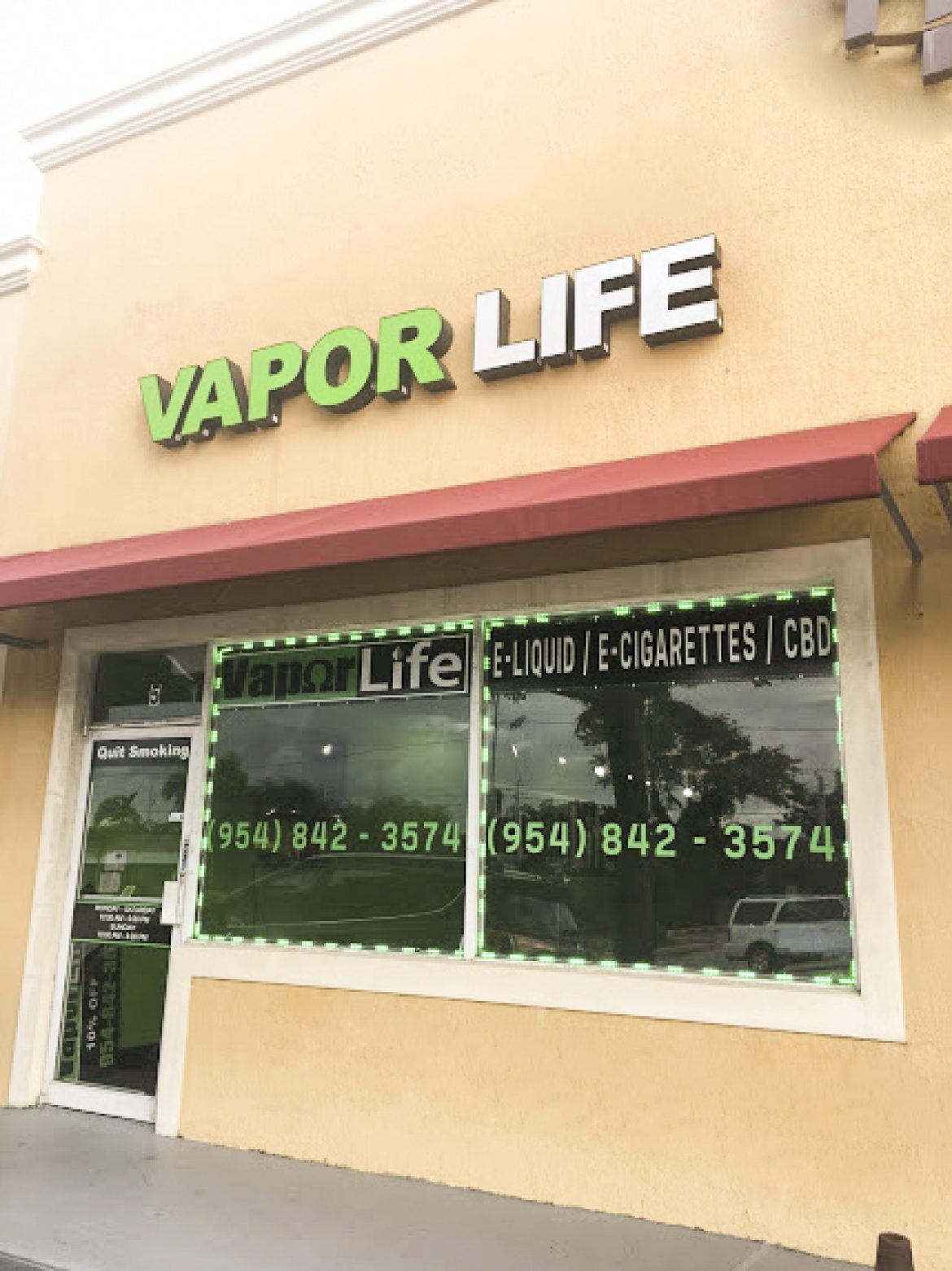
Workforce housing has a reputation for being a steady asset class for investors that appreciate its reliable cash flows.
Most residents that live in such housing are the backbone of cities and towns, serving indispensable roles such as teachers, policemen, and firefighters. Therefore, their jobs tend to be resilient during any economic headwinds, “offering a degree of recession resistance compared to more cyclical sectors,” according to a report by Cushman & Wakefield.
But how does the asset class fare during times of both high inflation and a job market that appears to be tightening? C&W has been monitoring this situation – particularly the inventory under its purview – and it reports that so far the effects of these dual forces has been minimal, if that.
“The pinch of inflation tends to affect Class B renters more, which is why we consistently analyze our dataset for weaknesses that would signal an underlying frailty in the economy,” it said in its report. “Thus far, we haven’t found one.”
Demand has increased for these properties as more renters seek out affordable housing and as Class A renters seek out cheaper housing in the face of increasing rents.
“Those living in Class A residences stand to save an average of about $540 per month by trading to a Class B apartment, a 30% savings,” according to Cushman & Wakefield, which is wider than the $340 historical average.
But other feet on the ground disagree with some of these conclusions.
Jay Lybik, national director of multifamily analytics at CoStar Group, for example, tells GlobeSt.com that it is Class A multifamily residents that have the lowest rent-to-income ratio in the sector.
“For most Class A properties, it hovers near 20% compared to Class B and Class C which tend to be 30% or even higher,” Lybik said.
“Thus, these Class A residents are in the best position to absorb rent increases.” Lybik says he has no evidence of Class A renters “trading” down to Class B properties to save money. “As a matter of fact, Class A absorption has increased in each quarter so far this year.”
Masoud Shojaee, CEO and Chairman of the Board at Shoma Group, agrees, telling GlobeSt.com that he’s seeing renters at his Class A projects staying longer than ever.
“In the post-pandemic rental market, many renters now prioritize safety, cleanliness, and outdoor space and amenities, which has prompted some B renters to reassess their living situations.”
Lybik also argued that Class B renters have, in fact, been impacted by inflation.
“We saw that very clearly in the 2022 absorption,” Lybik said. “Class B absorption ended the year in the negative. One sign that these households struggled to afford the increases from 2021 and the beginning of 2022. In some cases, Class B residents moved in with a roommate, moved back home with parents, or in some cases moved to the cheapest unit available in the property that they already lived in.”
The crux of the matter is that Class B rents outperform because its residents have a highly inelastic demand, according to Lybik.



